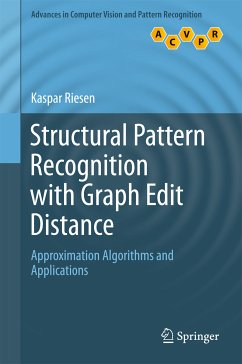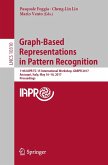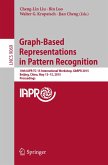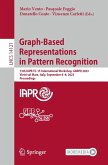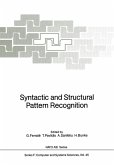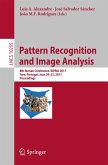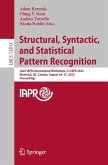Topics and features:
- Formally introduces the concept of GED, and highlights the basic properties of this graph matching paradigm
- Describes a reformulation of GED to a quadratic assignment problem
- Illustrates how the quadratic assignment problem of GED can be reduced to a linear sum assignment problem
- Reviews strategies for reducing both the overestimation of the true edit distance and the matching time in the approximation framework
- Examines the improvement demonstrated by the described algorithmic framework with respect to the distance accuracy and the matching time
- Includes appendices listing the datasets employed for the experimental evaluations discussed in the book
Researchers and graduate students interested in the field of structural pattern recognition will find this focused work to be an essential reference on the latest developments in GED.
Dr. Kaspar Riesen is a university lecturer of computer science in the Institute for Information Systems at the University of Applied Sciences and Arts Northwestern Switzerland, Olten, Switzerland.
Dieser Download kann aus rechtlichen Gründen nur mit Rechnungsadresse in A, B, BG, CY, CZ, D, DK, EW, E, FIN, F, GR, HR, H, IRL, I, LT, L, LR, M, NL, PL, P, R, S, SLO, SK ausgeliefert werden.
"This book is exactly about this fascinating topic: the definition, the study of properties, and the areas of application of the graph edit distance in the realm of structural pattern recognition. ... The book's intended audience is advanced graduate students in science and engineering, but also professionals working in relevant fields." (Dimitrios Katsaros, Computing Reviews, computingreviews.com, August, 2016)

